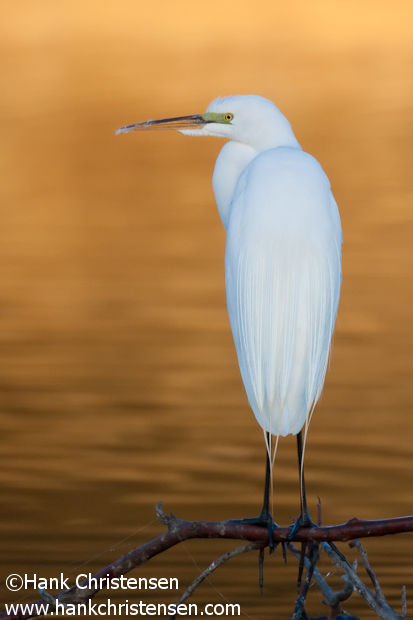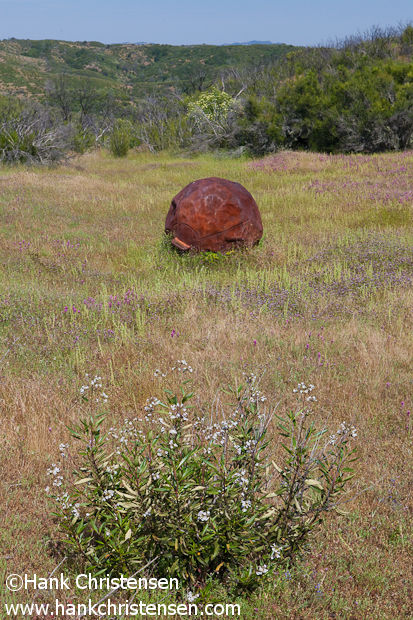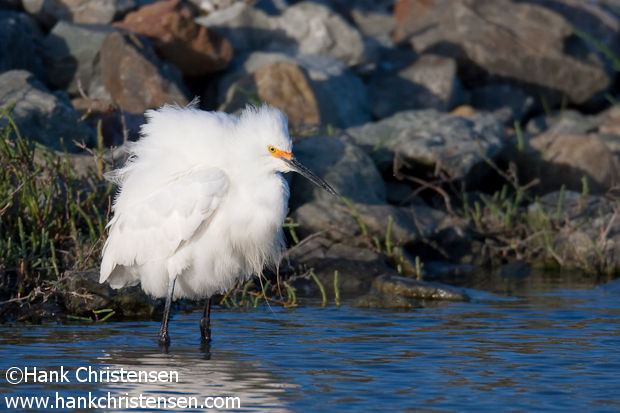In a post a couple of weeks ago, I mentioned making corrections to your background while still in the field. Another trick you can sometimes employ is to get a different look by changing the background completely. This works best when using long telephoto lenses (400 mm and up).
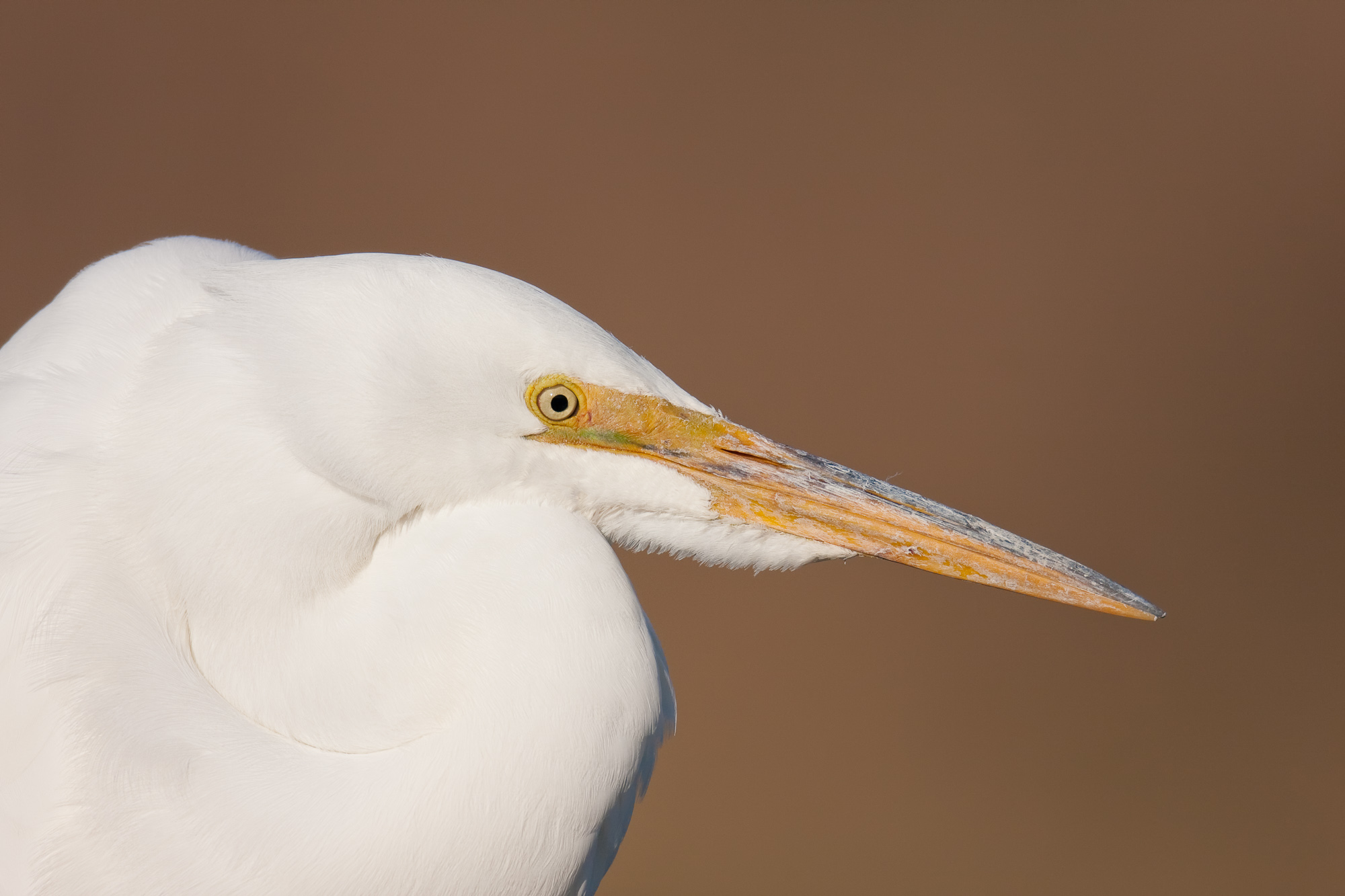
The great egret in the photo above was perched on a short fence, and eying the water below. He seemed to be looking for the best place to fish for dinner. I was directly in line with the angle of the sun, so as to reduce any side lighting on the egret. The foliage of a berm far behind him created a solid, even color.
I got several head poses that I liked, but since my subject was being so patient, I wanted to see if I could get a completely different background. The berm was not very high, and the evening sky above it was a nice light blue. I moved to the right and lowered my camera until I was close to the ground. This removed the berm from my background completely, and gave me the photo below with a background of sky.
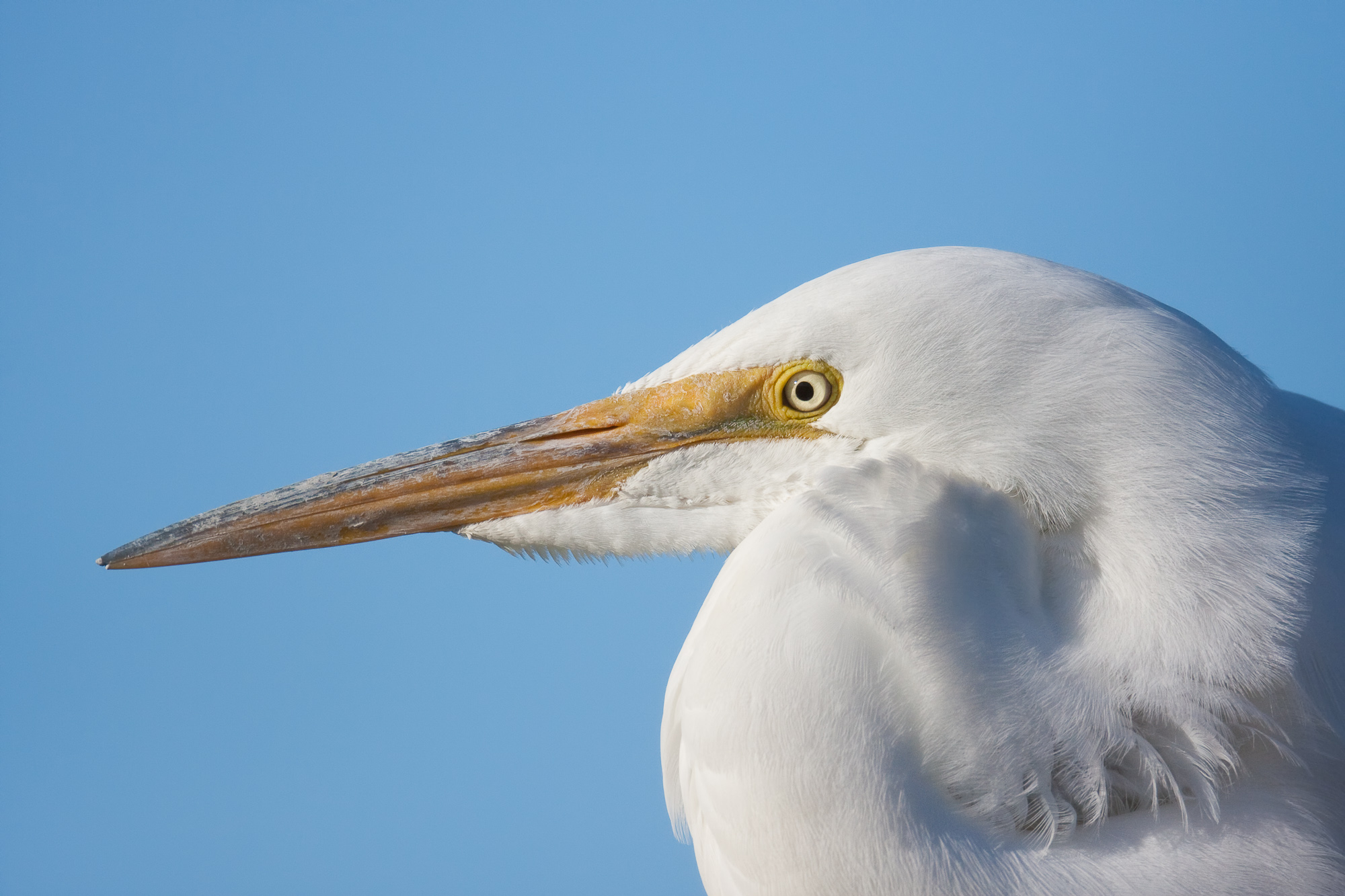
Because my lens was a long telephoto, I didn’t have to move far to change my background. This is great when my subject is wildlife, and they can decide to end the photo session at any moment. However, I use the same idea even when photographing friends with shorter lenses. Taking the time to look around for different background options can give you different variations on the same subject and can lead to new, interesting photos.

